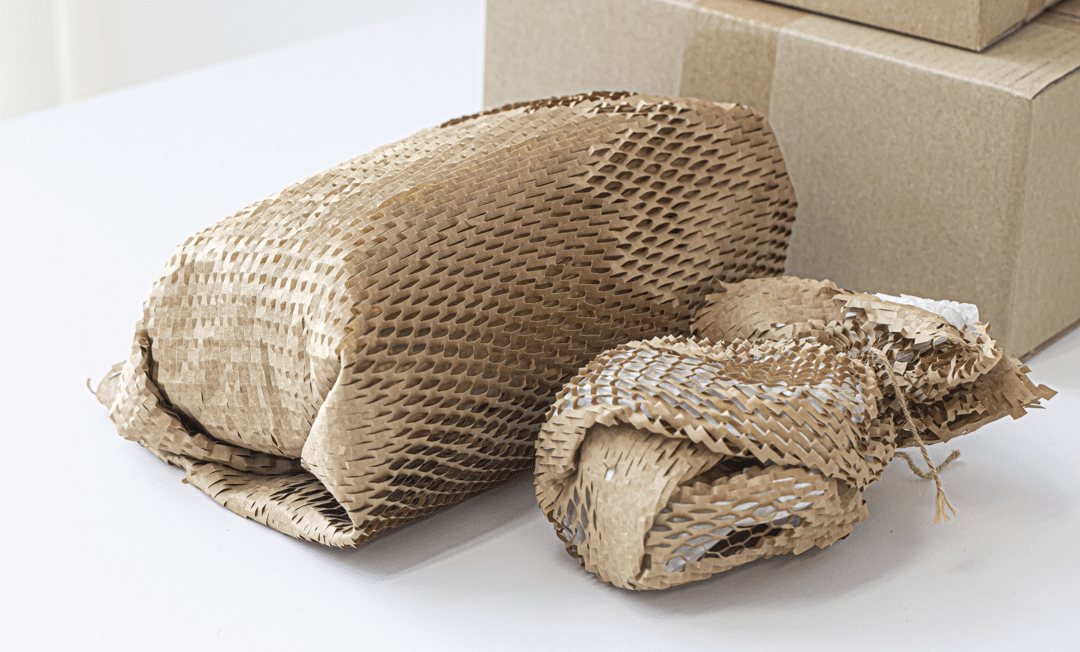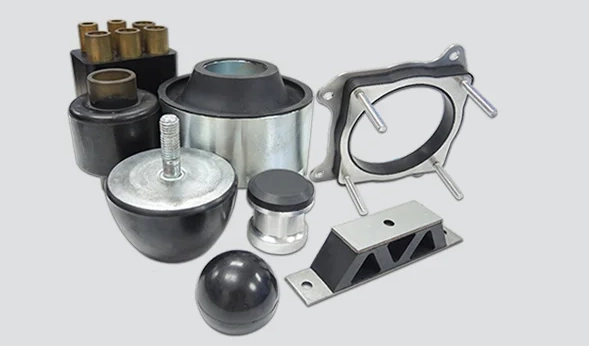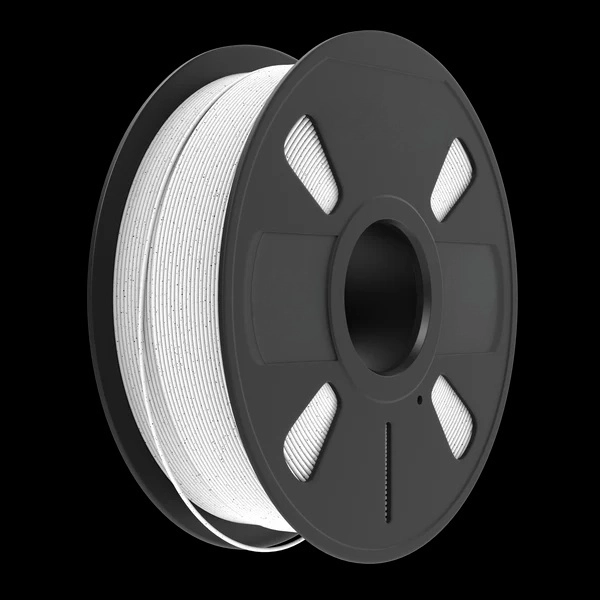Paper, a versatile material that has been an integral part of human civilization for centuries, possesses a myriad of remarkable characteristics. From its humble origins as a medium for communication to its diverse applications in various industries, paper continues to play a crucial role in our daily lives. In this blog post, we will delve into the distinct features of paper material, exploring its composition, properties, and the factors that contribute to its widespread usage.
- Composition:
Paper is primarily composed of cellulose fibers derived from plant sources such as wood pulp, cotton, or recycled paper. These fibers are intertwined to form a network, providing strength and flexibility to the material. Additionally, additives like fillers, sizing agents, and dyes are incorporated during the manufacturing process to enhance specific properties of the paper. - Physical Properties:
Paper exhibits several physical properties that make it an ideal choice for various applications. Firstly, its lightweight nature allows for easy handling and transportation. Secondly, paper possesses a unique combination of strength and flexibility, enabling it to be folded, rolled, or cut into desired shapes. Moreover, paper has excellent printability, making it suitable for printing texts, images, and graphics with precision and clarity. - Absorbency and Porosity:
One of the distinguishing characteristics of paper is its ability to absorb liquids. The porous structure of paper allows it to absorb and retain water, making it suitable for applications such as packaging, filtration, and hygiene products. The absorbency of paper can be controlled by adjusting the fiber composition and manufacturing process, resulting in different levels of porosity for specific applications. - Environmental Sustainability:
In an era where environmental consciousness is paramount, paper stands out as a sustainable material. It is biodegradable, recyclable, and sourced from renewable resources. The paper industry has made significant advancements in reducing water consumption, energy usage, and emissions during the manufacturing process, further enhancing its eco-friendly profile. - Versatility and Applications:
The versatility of paper material is evident in its wide range of applications across various industries. In the publishing industry, paper is used for books, newspapers, and magazines. In packaging, it is employed for boxes, bags, and cartons. Moreover, paper finds applications in sectors such as education, art, stationery, construction, and even medical and scientific research.
Conclusion:
In conclusion, paper material possesses a multitude of remarkable characteristics that contribute to its enduring popularity and widespread usage. Its composition, physical properties, absorbency, environmental sustainability, and versatility make it an indispensable material in numerous industries. Whether it is for communication, packaging, or creative expression, paper continues to be an essential part of our lives, bridging the gap between the digital and physical realms.



